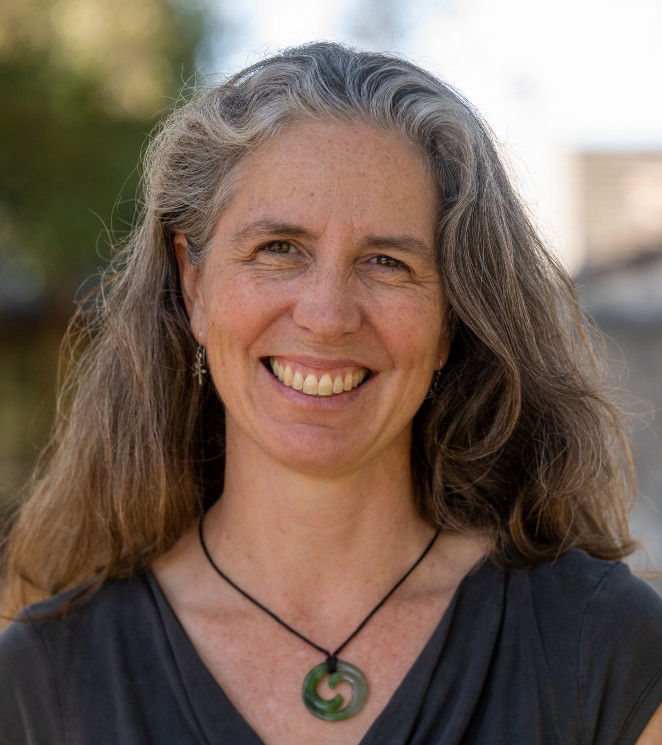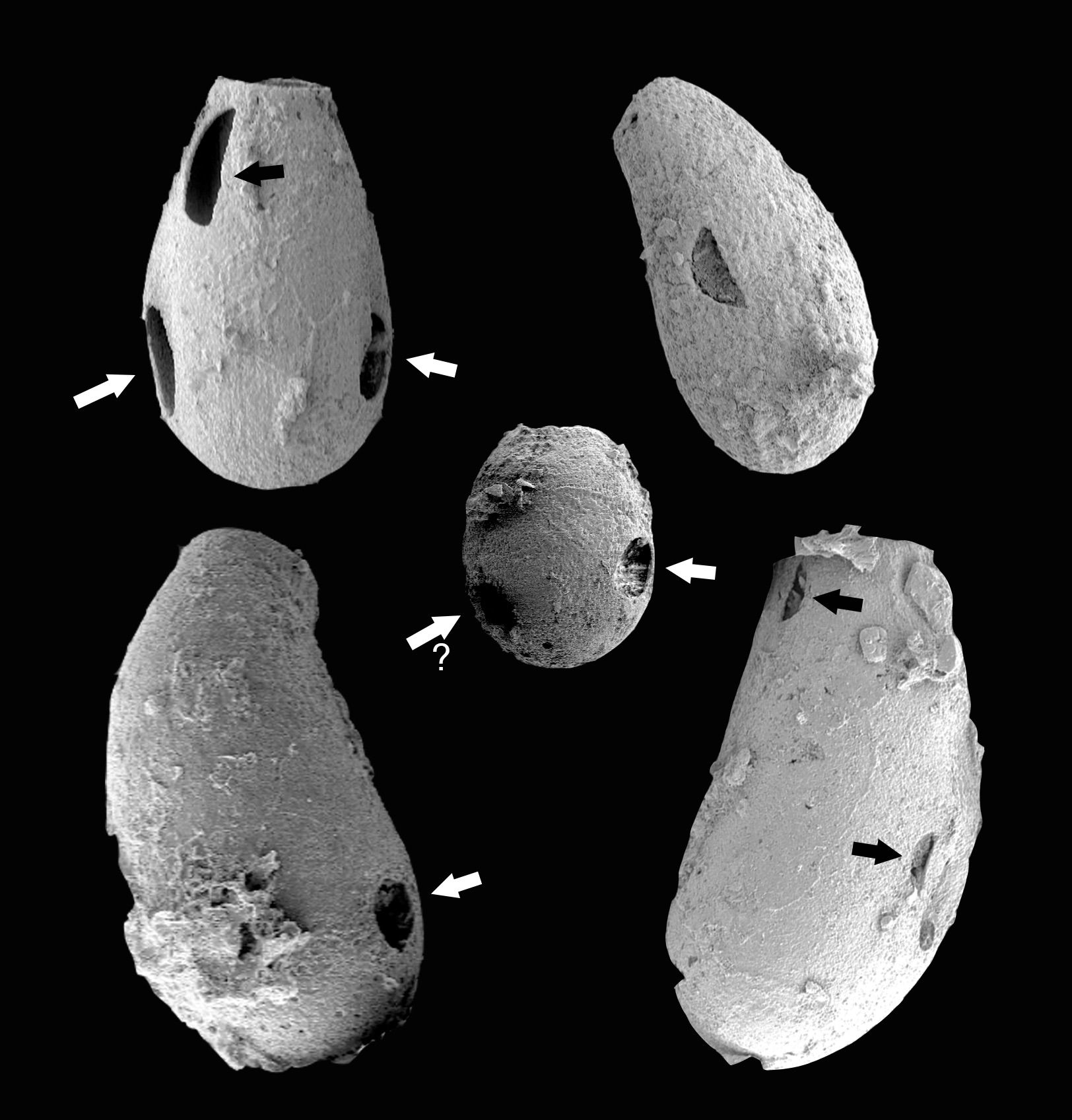


Life appeared more than 3.5 billion years ago, and over the next 2 billion years, diversified metabolically and ecologically, spreading across the planet into a variety of habitats. It wasn’t until about 1.6 billion years ago, however, that we see the first evidence for complex cells—eukaryotic life—in the form of ~50–100 µm (0.05 to 0.1 mm) diameter organic-walled
microfossils found in mudstones and shales. These early eukaryotes were relatively minor components of the biosphere, limited in their habitats and not particularly diverse. Then, starting about 1 billion years ago, they begin to diversify into the major groups of eukaryotes we know today (e.g. red algae, green algae, fungi, animals, and various protistan species). Fossils from the 770–730 million-year-old Chuar Group, Grand Canyon, provide a glimpse of life near the start of this diversification, just before the snowball Earth glaciations transformed the planet. The fossils are preserved in mudstones and shales that were deposited in a quiet
shallow seaway located near the paleoequator. The fossils include the shells (=tests) of a wide diversity of amoebae that are strikingly similar to modern testate amoebae (the “living dead”); a variety of organically preserved microfossils that show evidence of having been pierced by microscopic predators similar to modern vampyrellid amoebae (the “tiny vampires”); and newly discovered fossils that appear to preserve soft-parts of single-celled organisms such as a ring of tentacle-like structures surrounding a soft dome (“the exquisitely preserved problematica”). I will discuss these fossils, their modern analogs, and their implications for early eukaryote evolution and ecology.

Susannah received her bachelor’s degree in Mathematics from Yale University in 1995 and her Ph.D. in Biology at Harvard University in 2002. After completing a one-year NASA Astrobiology postdoctoral fellowship at UCLA, she moved to the University of California at Santa Barbara,
where she is Professor and Chair in the Department of Earth Science. Her research focuses on the rise of complex life, from the fossils of early eukaryotes to the first widespread appearance of skeletal animals. She has worked on problems relating to the effects of snowball Earth on life, the preservation of organic-walled microfossils, the earliest evidence for predation, the relationship between carbonate skeletal mineralogy and seawater chemistry, and patterns in
skeletal acquisition across all eukaryotes. She is a Fellow of the Paleontological Society and the Geological Society of America, and a recipient of UCSB’s Distinguished Teaching Award.